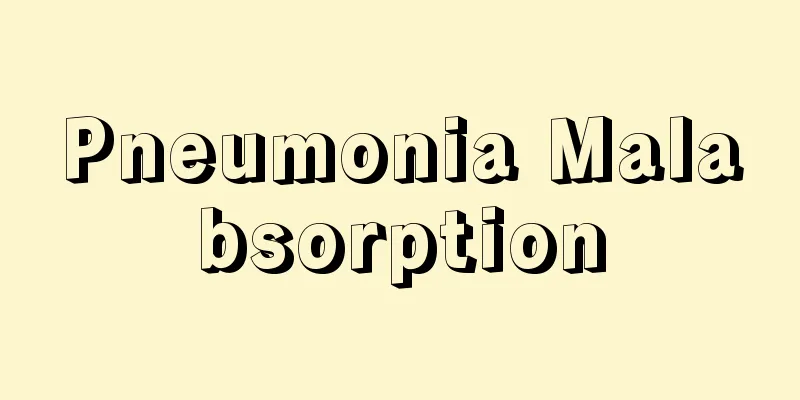Clinical diagnosis and treatment of renal cancer

|
Clinical diagnosis and treatment of kidney cancer. Kidney cancer is one of the common malignant tumors of the urinary system. In clinical practice, a small number of patients have large kidney tumors or have invaded the renal pelvis, which will show symptoms such as low back pain, abdominal mass, and hematuria. However, the vast majority of patients with kidney tumors have no obvious symptoms in the early stage, so the diagnosis of most early tumors mainly relies on imaging examinations: After kidney tumors are discovered through the above methods, most patients will choose surgical treatment. However, a small number of patients will continue to observe and wait for a period of time (for tumors that tend to be benign in imaging diagnosis, such as hamartomas, active follow-up observation is also a method). The main treatments for kidney cancer include: 1. Surgery; 2. Immunotherapy; 3. Traditional Chinese Medicine (to be determined); 4. Radiotherapy and chemotherapy (most patients are not sensitive); 5. Drug therapy (for patients in the advanced stage, late stage or with metastasis) With the development of follow-up imaging, more and more kidney cancers have been diagnosed at an early stage, and the current trend at home and abroad is indeed minimally invasive treatment. However, traditional surgical treatment is still irreplaceable. Surgical treatment of kidney tumors mainly includes: radical nephrectomy (removal of the kidney with the tumor) and nephron-preserving surgery (removal of the tumor to protect kidney function to the greatest extent). Radical nephrectomy is mainly divided into: open surgery and laparoscopic surgery. A large amount of data from home and abroad show that both surgical methods can achieve satisfactory results, which mainly depends on the patient's decision and the technical level of the surgeon. Kidney-saving surgery mainly includes: partial nephrectomy, renal tumor ablation, and high-energy focused ultrasound. For kidney tumors less than 100px, both open and laparoscopic partial nephrectomy have been developed relatively well, and there is no obvious difference in the efficacy of the two surgical methods. Laparoscopic surgery has become the mainstream surgical treatment for kidney tumors today because of its advantages such as less damage and shorter hospitalization time. At present, several domestic units have begun to carry out robotic surgery, but it is still in the initial stage. With the improvement of people's awareness of minimally invasive surgery and the increase in early kidney cancer diagnosis, renal tumor ablation and high-energy focusing have developed rapidly. Ablation: In short, it is to kill tumor cells and tissues through local temperature changes (high temperature or low temperature ablation), including microwave ablation (ultrasound oscillation wave), radiofrequency ablation (high temperature) and cryoablation (low temperature); and the above three methods include two methods: percutaneous (CT positioning) and laparoscopic (CT positioning or direct vision). The main principle of high-energy ultrasound focusing is similar to ablation, but the equipment is replaced by a high-energy ultrasound probe. These newly developed minimally invasive methods have a history of more than ten years abroad, while in China, it has only been about five years. It is generally believed at home and abroad that early renal tumors less than 50px can achieve the same effect as kidney-saving surgery through ablation surgery. Although some international units also perform ablation surgery on tumors less than 100px, the efficacy still needs to be proven by a large sample. Since most renal cancers are not sensitive to traditional radiotherapy and chemotherapy, in addition to surgical treatment, immunotherapy (interferon, thymopentin, etc.) can also be combined to improve the patient's immunity. The efficacy of traditional Chinese medicine still needs to be confirmed by evidence-based medicine. Ten to twenty percent of renal cancer patients are diagnosed in the late stage or have distant metastases. For these patients, it is currently recommended to perform primary lesion resection (tumor reduction surgery) plus targeted therapy. After a period of targeted drug treatment, some patients have significantly reduced kidney tumors or metastases, and can undergo metastatic or primary lesion resection. However, the efficacy of targeted drug therapy varies from person to person, and there are certain toxic and side effects. Some new targeted drugs need further research and development. |
<<: What should I do if my father has kidney cancer
>>: May I ask what are the taboos of exercise for kidney cancer
Recommend
Early diagnosis of testicular cancer
The testicles are important male reproductive org...
Why does my heart suddenly hurt?
Heart disease has become one of the major disease...
What foods are incompatible with apples
Apple is the king of fruits, rich in nutrients an...
Is it harmful to vomit bile after drinking alcohol? How to relieve
Many people in our daily lives like to drink. Lon...
What to drink for fitness and muscle building
Fitness has become a trend, and more and more peo...
How to prevent lung cancer in life
Among the many cancer diseases, lung cancer is on...
Can malignant laryngeal cancer be cured?
The following are several symptoms of this diseas...
What are the symptoms of advanced lung cancer
The symptoms of advanced lung cancer before death...
Which sports shoes are suitable for mountain climbing
Now our living standards are getting higher and h...
What causes prostate cancer
Prostate cancer may be related to genetics, or it...
Sandals season is coming, easy ways to avoid foot odor
Why do feet smell? Maybe your unintentional behav...
What are the disadvantages of drinking too much rice wine
The alcohol content of rice wine is relatively hi...
What medicine is the best for endometrial cancer
What medicine is most effective for endometrial c...
What are the symptoms and characteristics of pituitary tumors
The pituitary gland is an important organ. The pi...
What are the symptoms of lung cancer? Clinical symptoms of lung cancer
Lung cancer, many people are afraid of this disea...









